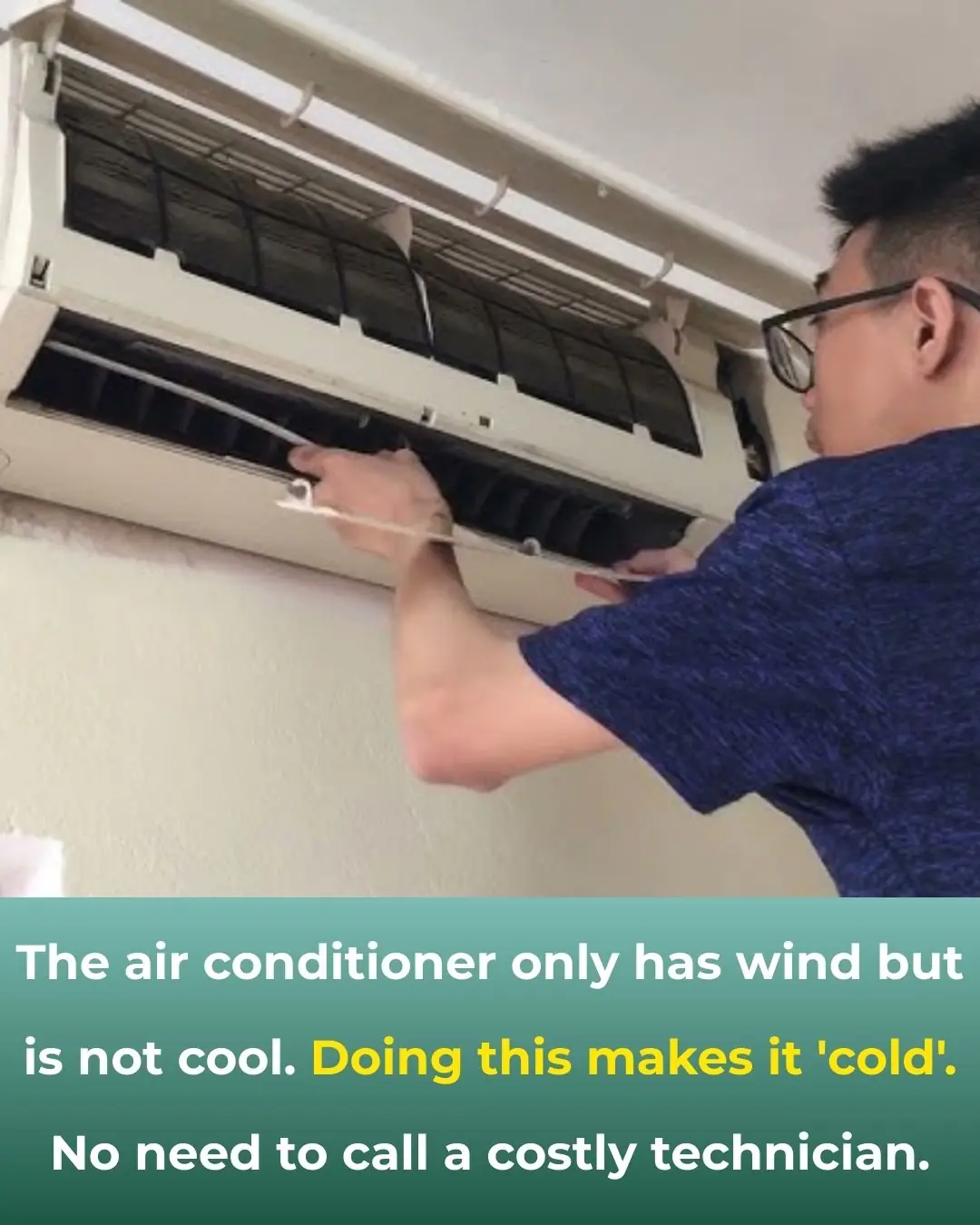
10 Effective Ways to Reduce Dust in Your Home – Keep Your Living Space Clean and Healthy
10 Effective Ways to Reduce Dust in Your Home – Keep Your Living Space Clean and Healthy
Dust is a common problem in every household. While it’s impossible to eliminate it completely, you can significantly reduce dust by adopting a few simple and practical habits. Below are 10 effective ways to eliminate dust, supported by information from trusted organizations such as the EPA (Environmental Protection Agency), WHO, Mayo Clinic, and the American Lung Association.
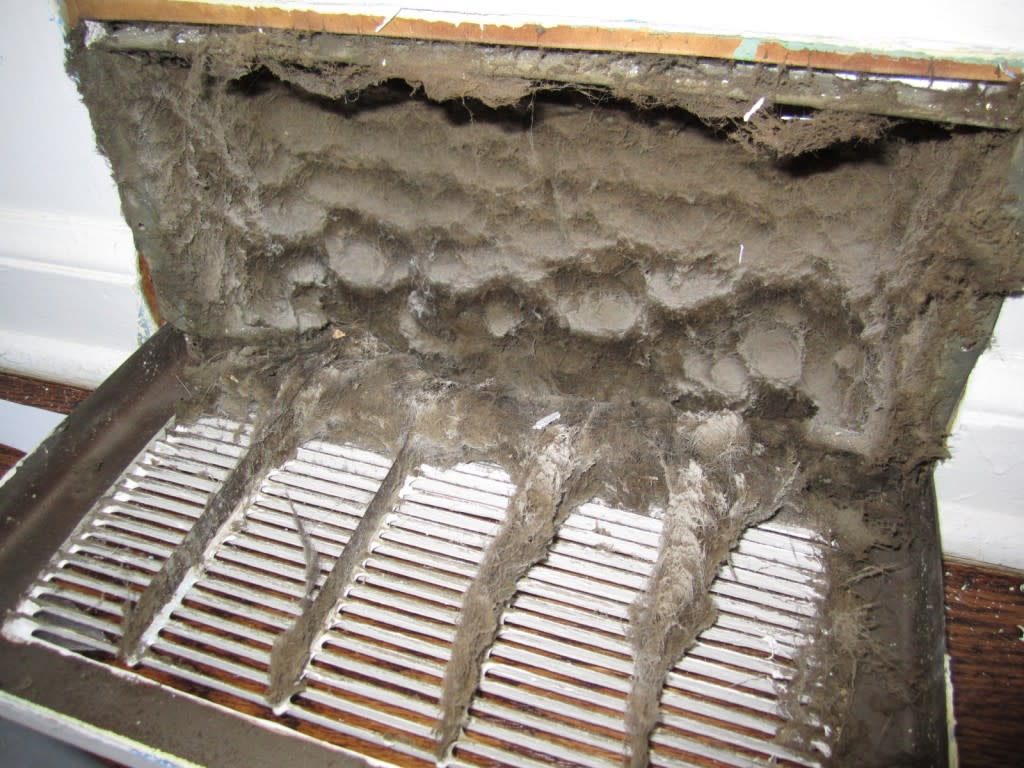
1. Understanding Dust and Where It Comes From
Dust is made up of many components, including dead skin cells, pollen, pet dander, fabric fibers, soil particles, and other microscopic debris. It comes from both indoor and outdoor sources and can build up quickly if not controlled.
According to the EPA, dust is a mixture of many airborne particles that can accumulate in indoor spaces. Understanding its sources helps you choose the best cleaning strategy for a dust-free home.
2. How Dust Affects Your Health
Regular exposure to dust can lead to:
-
Sneezing and coughing
-
Itchy or watery eyes
-
Nasal irritation
-
Difficulty breathing
The Mayo Clinic and American Lung Association emphasize that dust can worsen allergies, asthma, and other chronic respiratory conditions. This makes dust reduction essential for a healthy home.
3. Choose the Right Cleaning Tools
To remove dust effectively, use:
-
Microfiber cloths – trap dust far better than cotton cloths
-
Electrostatic dusters – pull in dust instead of spreading it
-
HEPA-filter vacuums – capture 99.97% of tiny particles according to EPA standards
These tools help ensure dust is removed instead of pushed back into the air.
4. Create a Weekly Dusting Schedule
Dust builds up quickly, so consistency is key. Set up a weekly cleaning routine that includes:
-
Dusting surfaces
-
Vacuuming carpets and rugs
-
Wiping fans, shelves, and electronics
-
Cleaning air vents and filters
High-traffic areas may need attention more frequently.
5. Use Air Purifiers With HEPA Filters
Air purifiers equipped with HEPA filters can dramatically reduce airborne dust by trapping microscopic particles.
Place air purifiers in rooms you use most often, such as:
-
Living room
-
Bedroom
-
Home office
EPA also recommends replacing filters regularly to prevent dust from circulating back into your home.
6. Maintain Your HVAC System
Your HVAC system can either help control dust or make it worse. To ensure it reduces dust:
-
Replace air filters every 30–90 days
-
Clean air ducts regularly
-
Use high-efficiency or HEPA-grade filters
The American Lung Association warns that a dirty HVAC system can blow dust, allergens, and pollutants back into your living space.
7. Choose the Right Vacuum Cleaner
A good vacuum cleaner is essential for dust control. Look for:
-
A HEPA filter
-
Strong suction power
-
Attachments for different surface types
Empty the dust bin often to keep your vacuum operating efficiently.
8. Use Microfiber Cloths the Right Way
Microfiber cloths work through static and fine fibers that trap and hold dust.
You can:
-
Use them dry for everyday dusting
-
Use them slightly damp for stuck-on dust
Wash microfiber cloths regularly to keep them effective.
9. Reduce Dust From Fabrics
Fabric items such as curtains, bedding, and upholstery are major dust collectors.
To reduce fabric-related dust:
-
Wash bedding weekly in hot water (recommended by Cleveland Clinic)
-
Vacuum sofas, rugs, and cushions
-
Use allergen-proof pillow and mattress covers
-
Replace heavy curtains with blinds or washable fabrics
These steps help reduce dust mites and allergens significantly.
10. Use Indoor Plants to Improve Air Quality
Some plants naturally help filter indoor air, including:
-
Spider plants
-
Peace lilies
-
Rubber plants
-
Snake plants
The NASA Clean Air Study found that certain plants can reduce airborne pollutants. Just remember to wipe the leaves regularly, as plants also collect dust.
11. Keep Your Home Clutter-Free
Clutter creates more surfaces for dust to settle on. To minimize dust:
-
Store unused items inside cabinets or boxes
-
Avoid excessive decorations
-
Keep countertops and shelves clear
A tidy environment makes cleaning easier and reduces dust accumulation.
Conclusion
While dust is unavoidable, you can greatly reduce it by using the right cleaning tools, maintaining your HVAC system, and adopting consistent cleaning habits. These practical methods help create a cleaner, healthier, and more comfortable living space for you and your family.
News in the same category


Had no clue about this

Why Does Your Refrigerator Frost Over and Does It Increase Electricity Consumption?
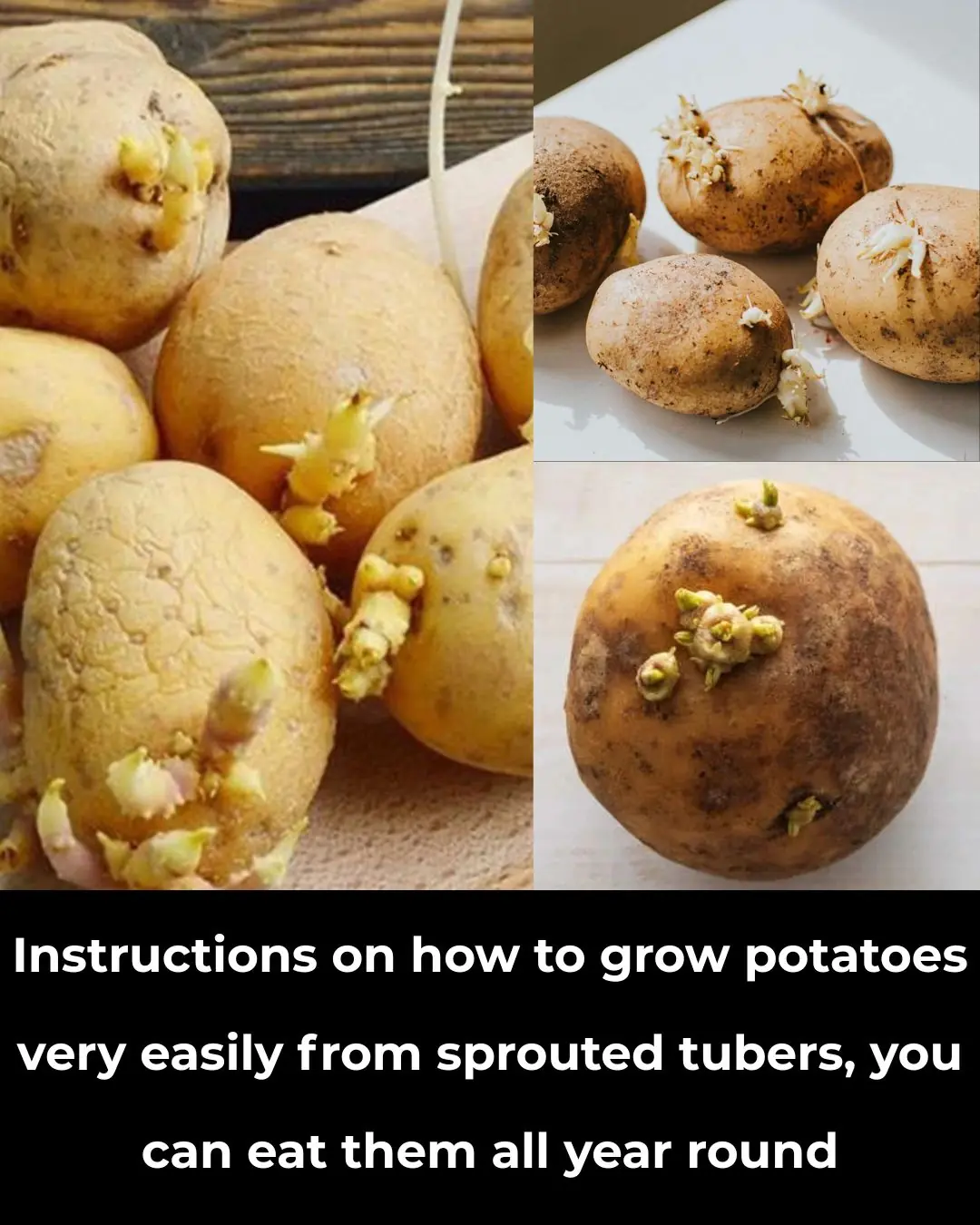
How to Grow Potatoes Easily from Sprouted Tubers and Enjoy Them All Year Round

You are doing it all wrong. Here’s the right way to ease morning stiffness

You are doing it all wrong. Here’s the right way to clear sinus pressure fast

Doctors Warn: 4 Types of Inflammation That Can Turn Into Cancer Within a Year If Left Untreated
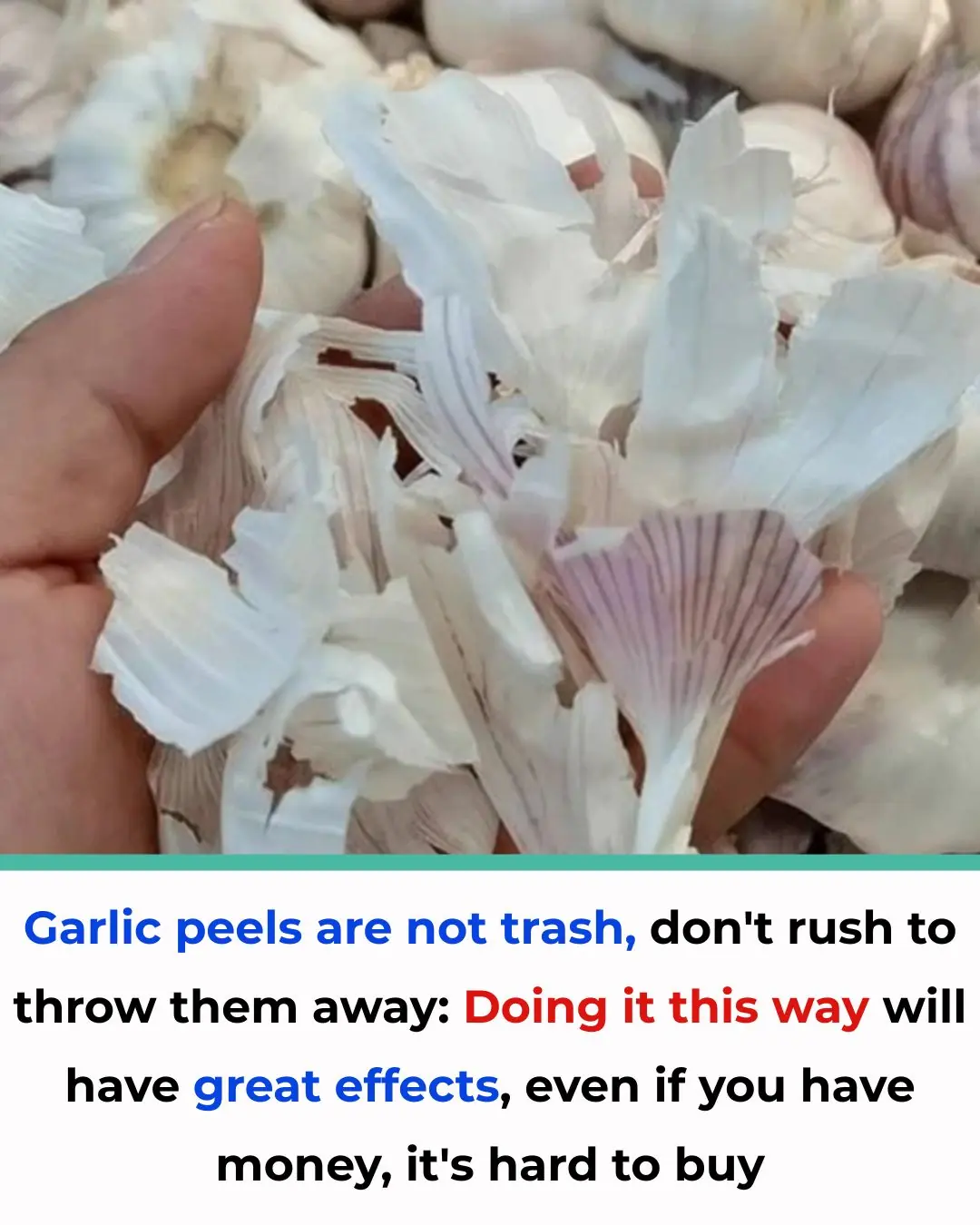
**Garlic Skins Are Not Trash — Don’t Throw Them Away Yet!

There are too many geckos in the house, give you some tips to make them 'once gone and never come back'
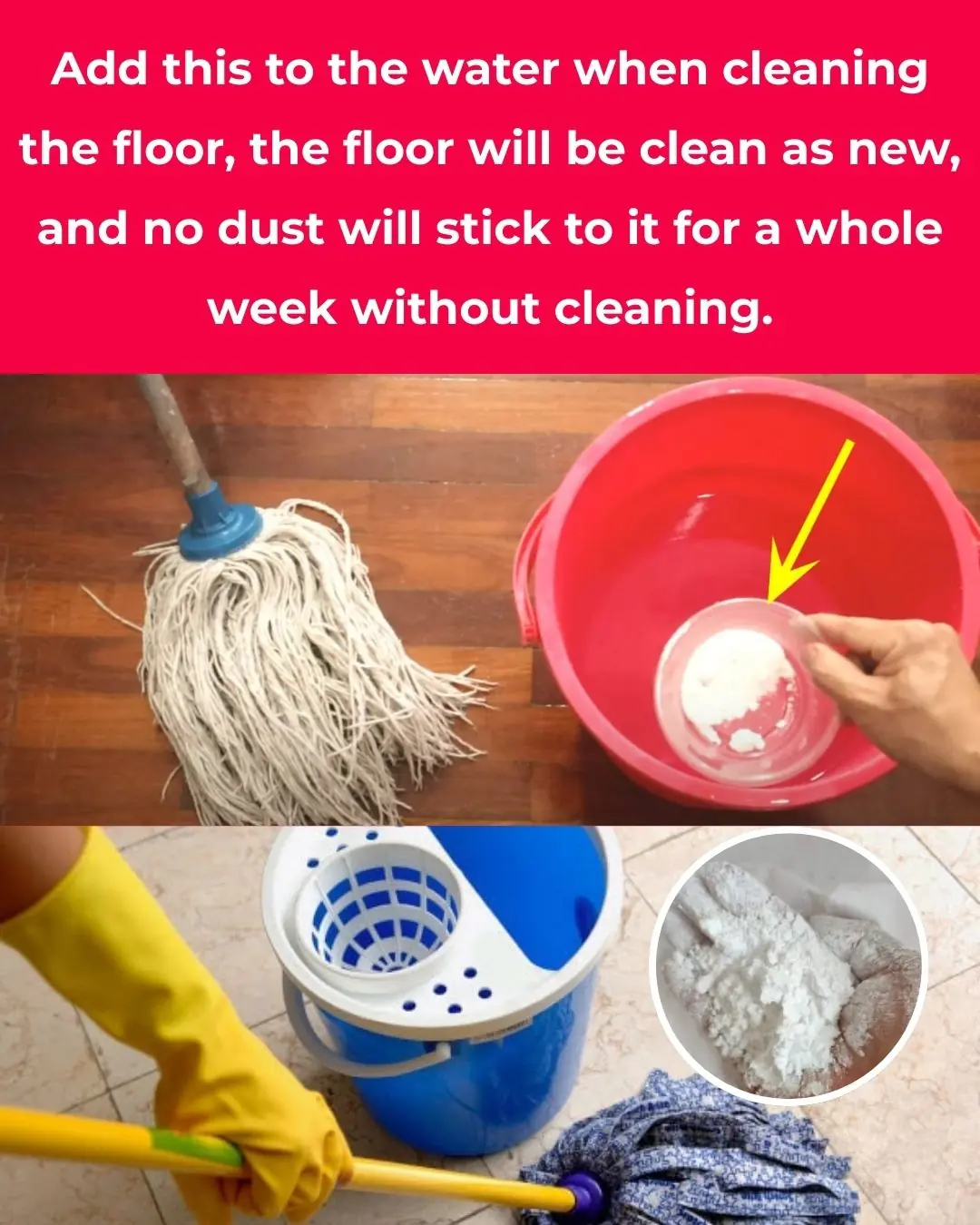
When cleaning the house, add this to the water and the floor will be as clean as new

How to boil chicken until it's soft and sweet

Washing your hair with rice water helps your hair get rid of dandruff

Experience growing tomatoes in fruitful pots

My nana taught me this hack to strengthen thinning hair in 7 mins with 0 work. Here’s how it works

You cook all day but you probably don't know these 3 ways to cook rice.
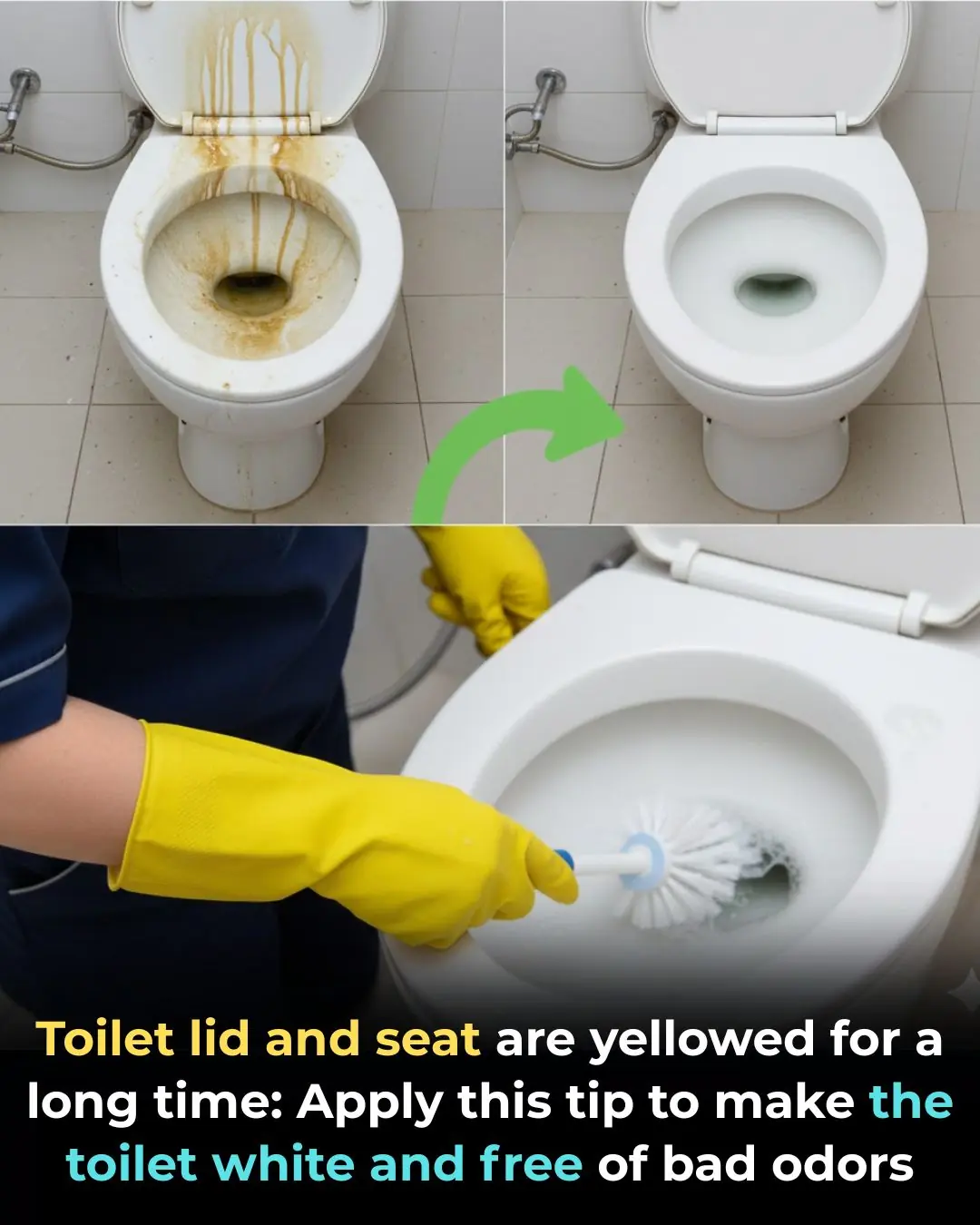
Toilet lid and seat are yellowed for a long time: Apply this tip to make the toilet white and free of bad odors

Soak garlic in dishwashing liquid: 'Miracle water' solves many household problems that very few people know about
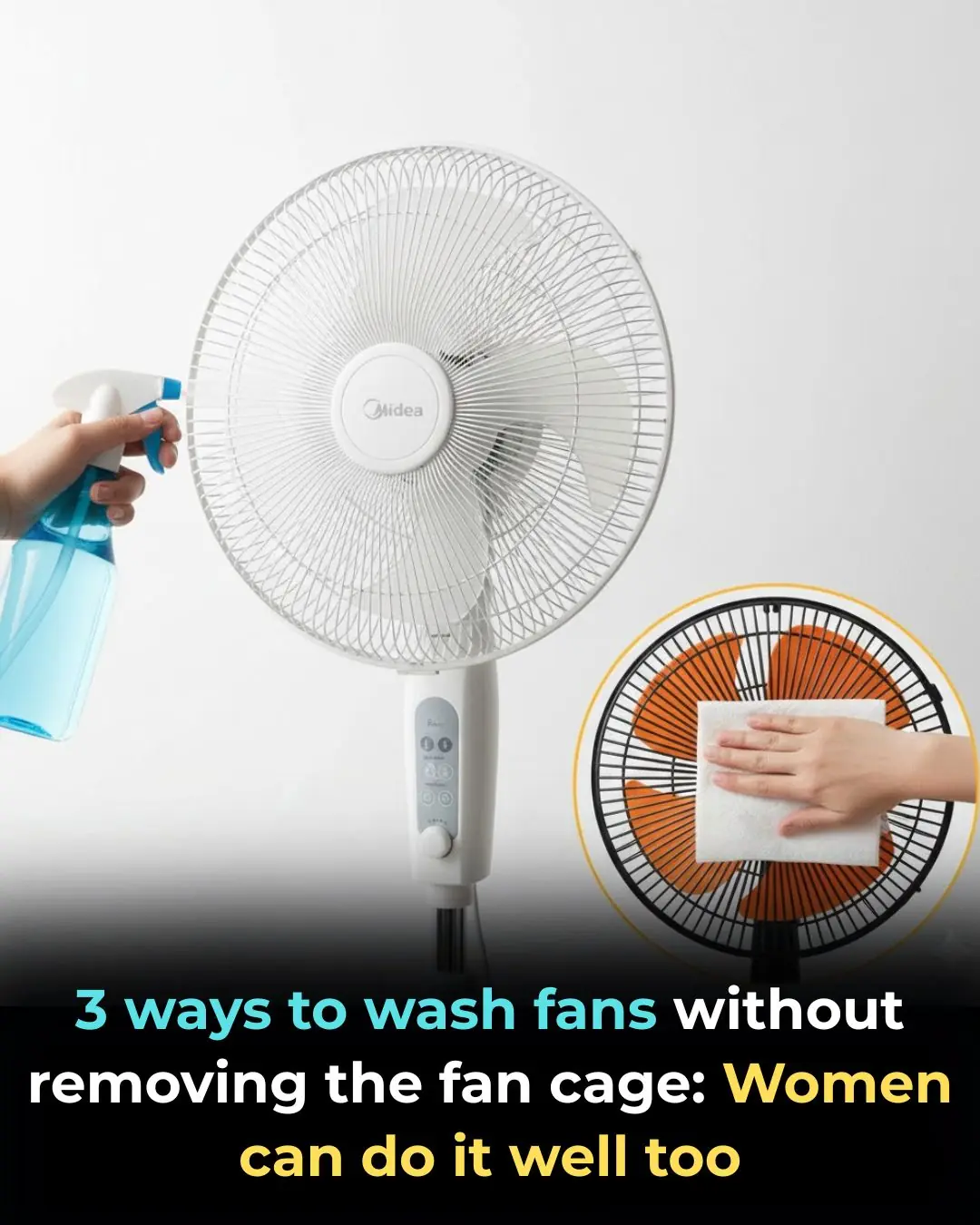
3 ways to wash fans without removing the fan cage: Women can do it well too

How to grow bitter melon to produce fruit and provide shade in your home garden
News Post

Unlock Radiant Skin: The Ultimate Guide to Using Beetroot Gel for Glowing, Spotless Skin

Fenugreek Seeds for Hair Growth: The Power of Fenugreek Hair Rinse and Its Benefits for Hair

Japanese Milk Wax To Get Rid Of Unwanted Facial Hair

When Will I Outgrow My Acne? The Difference Between Adult and Teen Acne

5 Mascara Tips For Short Lashes

LEVEL UP YOUR LASH GAME: Top 5 Tips for Eyelash Extension Success!
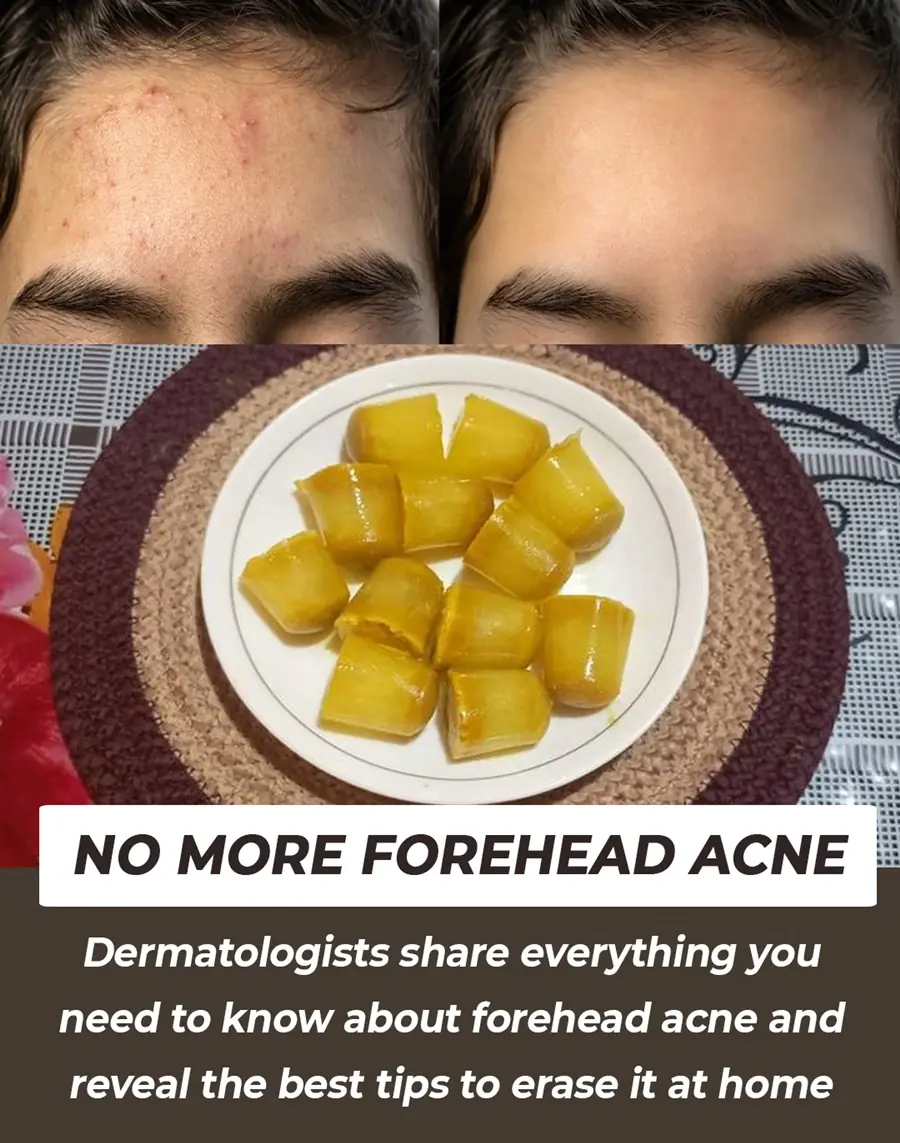
Forehead Acne and What to Do About It

11 Common Eyebrow Mistakes Women Make in Their 60s (And How to Fix Them!)

How to Prevent and Treat Age Spots: Expert Tips for Radiant Skin

5 Ways Your Skin Changes as You Age and How to Keep It Vibrant

DIY Fenugreek Oil for Hair Growth – Get Thick Hair

Brow Boosting Serum: The Natural Way to Achieve Full, Thick Eyebrows
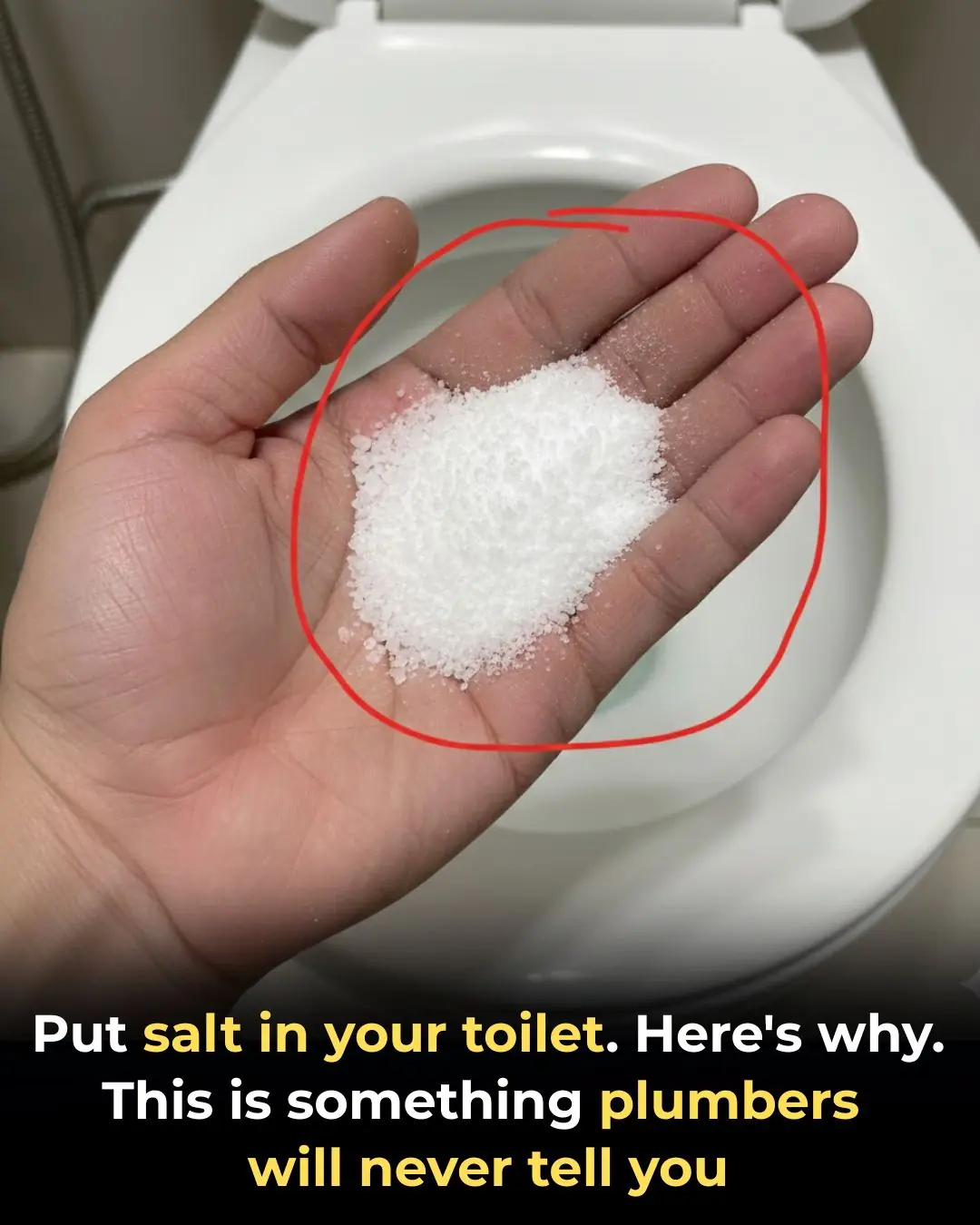
Why You Should Be Putting Salt in Your Toilet

Why Some Children Don’t Visit Their Parents Often

DIY Vaseline Cream: The 4-Ingredient Glow Hack That Makes Your Skin Baby-Soft Overnight

DIY Fenugreek Hair Masks for Hair Growth & Reducing Hair Fall

Will Americans Receive $2,000 Stimulus Checks? What You Need to Know

Revolutionary Miniature Implant Offers New Hope for Restoring Vision in Macular Degeneration Patients

A Simple Superfood That Enhances Your Baby's Brain Development During Pregnancy
